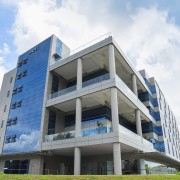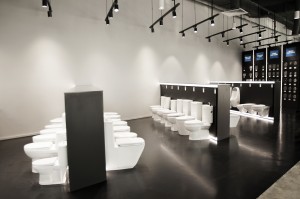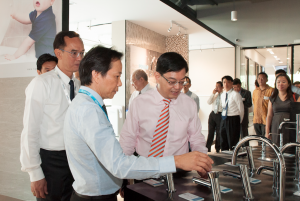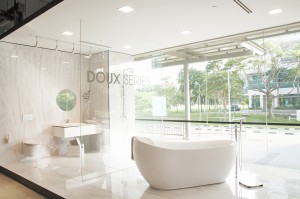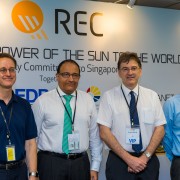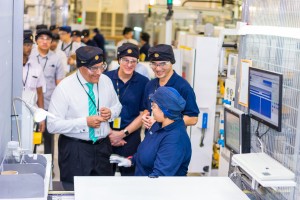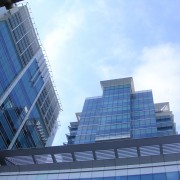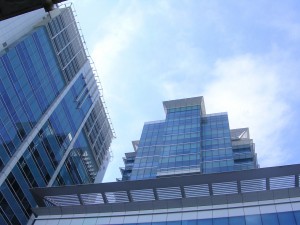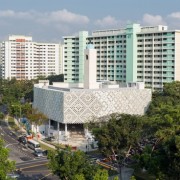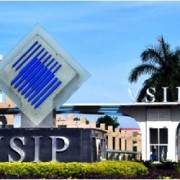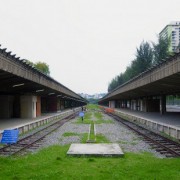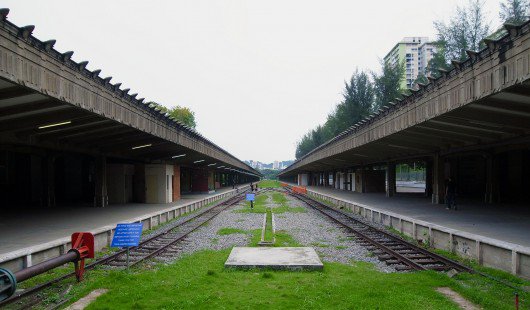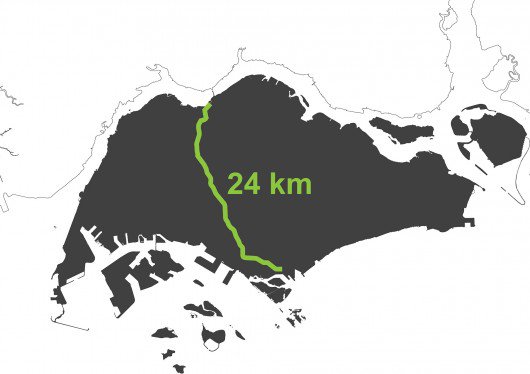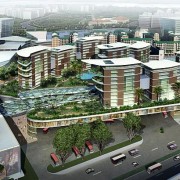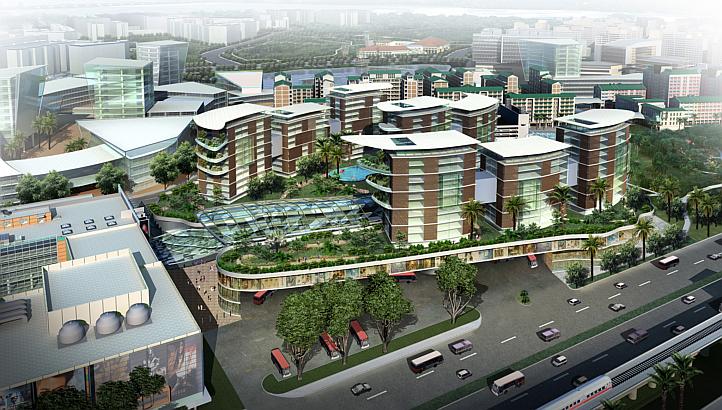Rigel Opens S$35 Million New Headquarters and Innovation Centre
Image courtesy of Rigel Technology.
Homegrown green sanitation specialist Rigel Technology (S) Pte Ltd (Rigel) will pump in S$35 million into its new global headquarters and innovation centre at Changi Business Park – a move to boost business development in Indochina, South Asia and China.
Flushed with demand for high-tech, quality sanitation products in these countries, Rigel’s latest innovation centre is aimed at researching, testing and discovering new products. The centre is equipped with state-of-the-art automation capabilities and test laboratories to fully support product innovation and quality manufacturing.
Founded in 1991, Rigel has since developed more than 200 new products through research and commands more than 50 percent of the local market share with majority of its work in the commercial sector. With the new innovation centre, Rigel seeks to expand its product offering by driving the development of 30 to 50 new and improved products per year. In order to support its expanding research development activities, the company also foresees a 40 percent increase in future hires of researchers and design engineers. Rigel also aims to increase its international market share via its existing hubs in Vietnam, India and China, which serve as stepping stones to emerging markets such as Laos, Myanmar and Sri Lanka.
Mr Ng gives Mr Heng a tour of the new product introduction centre in the new facility in Changi Business Park. Image courtesy of Rigel Technology.
Finance Minister, Mr Heng Swee Keat officially launched the new S$35 million facility at Changi Business Park this morning. The six-storey building, with 16,000 square metre of gross floor area, has been recognised by the Building and Construction Authority (BCA) for its green features and design with the Green Mark Gold Award 2016.
Mr Christopher Ng Eng Seng, CEO of Rigel, commented, “Today marks a historic milestone for Rigel in our 25 years of success. The new global headquarters and innovation centre will enable us to establish a stronger presence within existing markets in the region, and will also strengthen our capabilities to better serve emerging markets in the Middle East and Latin America. This is part of Rigel’s ongoing commitment to provide sustainable and efficient green products, which translates into greater cost-savings for our customers.”
The Rigel Innovation Centre also houses a research and development (R&D) incubation room on the second level, to stimulate ideation and brainstorming. On the same level, there is a complete suite of semi-automatic manufacturing line and test labs for quality control of invented products before mass manufacturing.
At the opening ceremony, Rigel also signed Memorandum of Understanding (MoU) with three companies for deals worth more than S$9 million cumulatively. Under these deals, Rigel will supply and deliver with its customer care programme to leading real-estate developers in Vietnam, Indonesia and Malaysia respectively.
Image courtesy of Rigel Technology.
To date, Rigel has completed a number of prominent local projects that include MediaCorp’s Mediapolis@One-North, National Gallery Singapore, Changi Airport, Marina Bay Sands, and Singapore Sports Hub, as well as regional projects such as the Kuala Lumpur International Airport in Malaysia, Tianjin Eco-City in China and Mall Plaza Egana in Chile.
Rigel’s products have attained Leadership in Energy and Environmental Design certifications at international level and the Water Efficiency Labelling Scheme certification from the Public Utilities Board. Key products of Rigel’s R&D innovations include its proprietary LED hydro power faucets and showerheads, intelligent restroom systems that help to fine-tune settings on all Rigel sensor products, self-cleaning anti-bacteria sanitary ware and anti-bacterial rimless flush.


